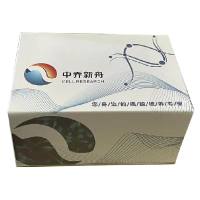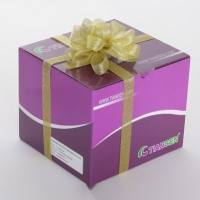PCR-Detection of Hemophilus paragallinarum, Hemophilus somnus, Mannheimia (Pasteurella) hemolytica, Mannheimia spp., Pasteurella trehalosi, and Pasteu
互联网
574
Most members of the bacterial family Pasteurellaceae are usually regarded as opportunistic secondary invaders, which under normal conditions might inhabit the mucosal membranes of the upper respiratory and lower genital tracts of mammals and birds (1 ). Out of the almost 100 species or species-like taxa that might be isolated from mammals, reptiles, and birds, only Pasteurella multocida, Actinobacillus pleuropneumoniae , and Hemophilus paragallinarum are regarded as major pathogens (1 ,2 ) while A. suis, H. somnus , and Mannheimia hemolytica are considered as potential animal pathogens. The pathogenic potential is incompletely known for most taxa, probably due to limitations in their classification and identification, and inappropriate detection methods.









